[ad_1]
Why plant a tree? Or, pretty, why not plant a tree? They add dozens of benefits to your yard with lasting ramifications for animals, the soil, and surrounding plant species. An anonymous Greek proverb says it best: “Society grows good when outdated people plant timber whose shade they know they shall in no way sit in.”
When choosing specimens in your yard, you’ll have three selections—bare-root, ball and burlap (B&B), or container-grown timber. Ball and burlap are frequent inside the landscaping commerce, nonetheless a lot much less so for dwelling gardening. We’ll cowl bare-roots vs. container saplings proper right here, as they’re the perfect to hold and transplant.
No matter which kind you choose, you already know that you just’re boosting biodiversity in your native environment. Timber current flowers, seeds, and habitat home for wildlife, making them unbelievable additions irrespective of the place you yard. So, which is best for you, bare-root or container-grown?
Reside Exterior Vegetation
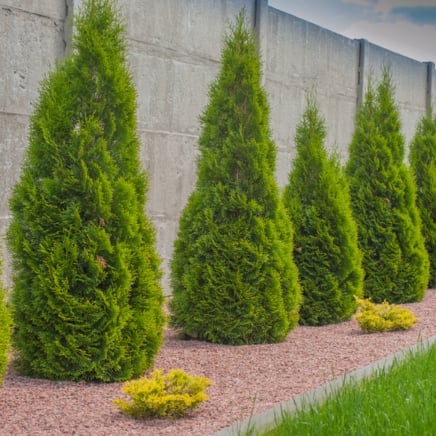

A set of dwell timber and bushes to help further curate your dream home, delivered direct to your door.
The Fast Reply
Whether or not or not it is best to develop a soil-free or container tree depends on the current season, your yard targets, and the way in which you propose to spice up the sapling. Timber with bare roots are free of soil; they endure the winter in sawdust bins. Container-grown timber are specimens with bare roots that dwell a yr or two in pots with soil.
These timber are fully obtainable all through cool months, whereas container specimens will be discovered year-round. Go for bare roots in case you may—they naturalize sooner, arrange merely, and develop larger than container specimens. Choose container-grown timber within the occasion that they’re out of season.
The Prolonged Reply
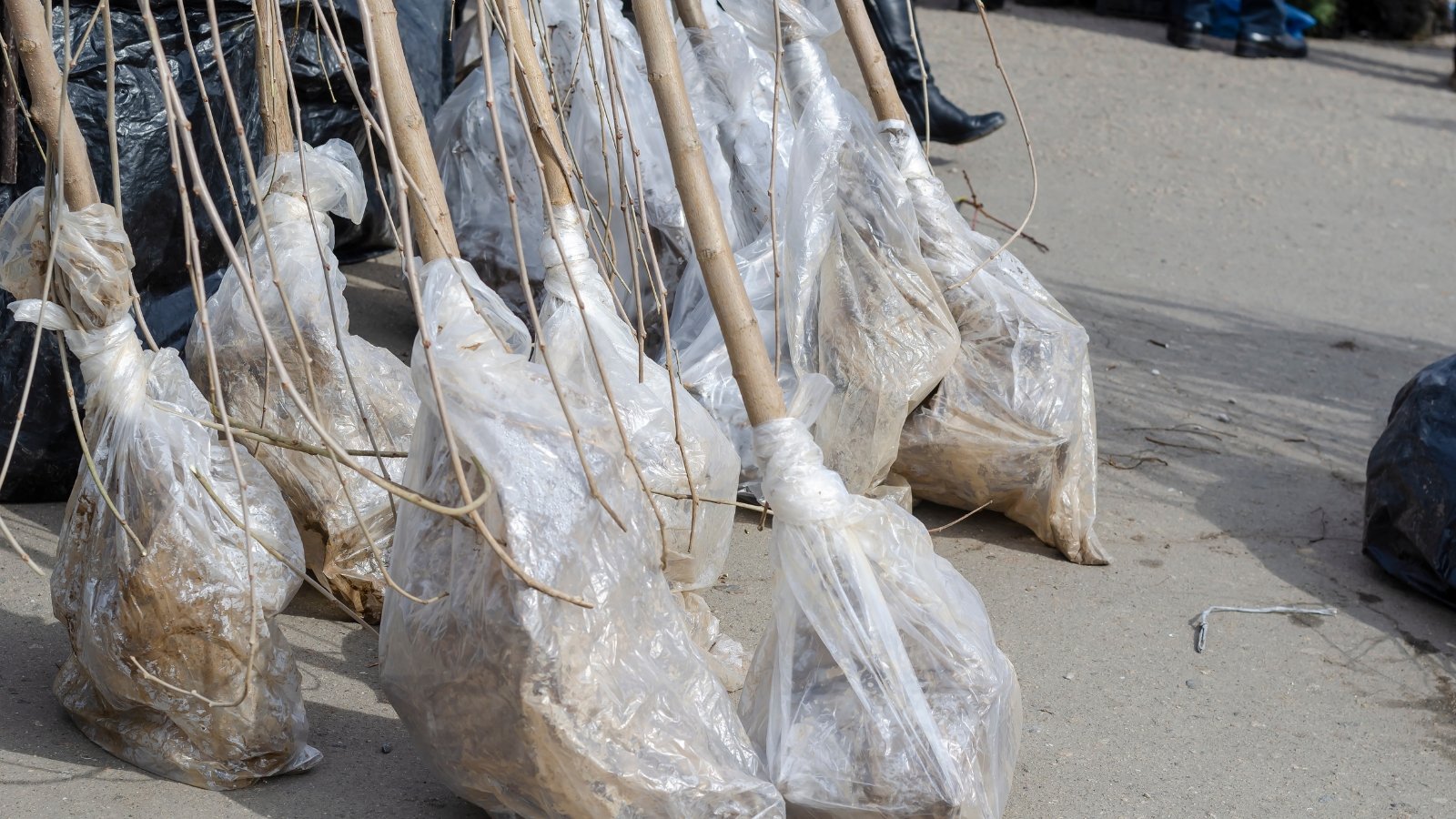

So, which kind of tree will work best in your yard? Although soil-free specimens are great selections, some gardeners couldn’t uncover them obtainable. Warmth climates usually don’t get chilly enough for deciduous species, and evergreen varieties need containers to thrive.
It Depends upon On The Season
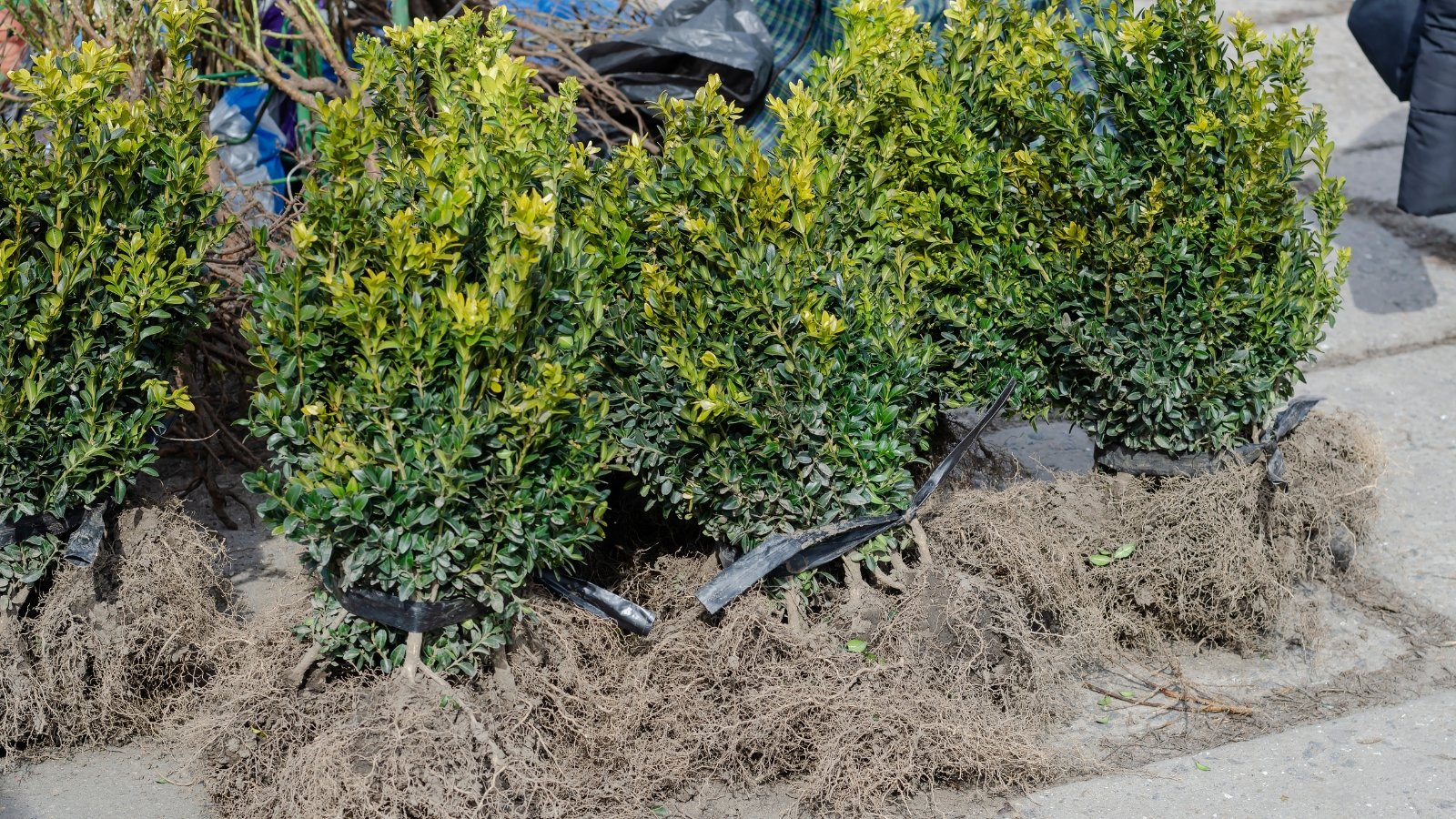

To strip a tree of its soil and feeder roots, you’ll first wish to current it some explicit conditions. The most common types you can purchase with bare roots are fruit timber, deciduous ornamentals, and shade timber. They need cool temperatures so the powerful stripping course of doesn’t impact them. For that reason they’re solely obtainable from late fall by early spring.
As quickly as spring warmth arrives, the saplings start to sprout roots and buds. They’ll battle to thrive within the occasion that they break dormancy whereas out of the underside. Warmth temperatures will dry them out and so they will not arrange themselves in your yard. Solely purchase saplings which have bare roots whereas the yard’s soil is moist and completely different deciduous species lack leaves.
Container-grown specimens will be discovered year-round! The pots present their rootballs a cushty dwelling so that they resist drought, freezes, and harsh daylight. They could have sure roots or weak growth, nonetheless you can peruse nurseries to hunt out right saplings that arrange quickly.
Warmth gardens in zones 11 by 13 could not get chilly enough for bare-roots to hold out successfully. Go for container species if temperatures maintain above 40 to 50°F (4-10°C) all 12 months lengthy.
Some Species Need Pots
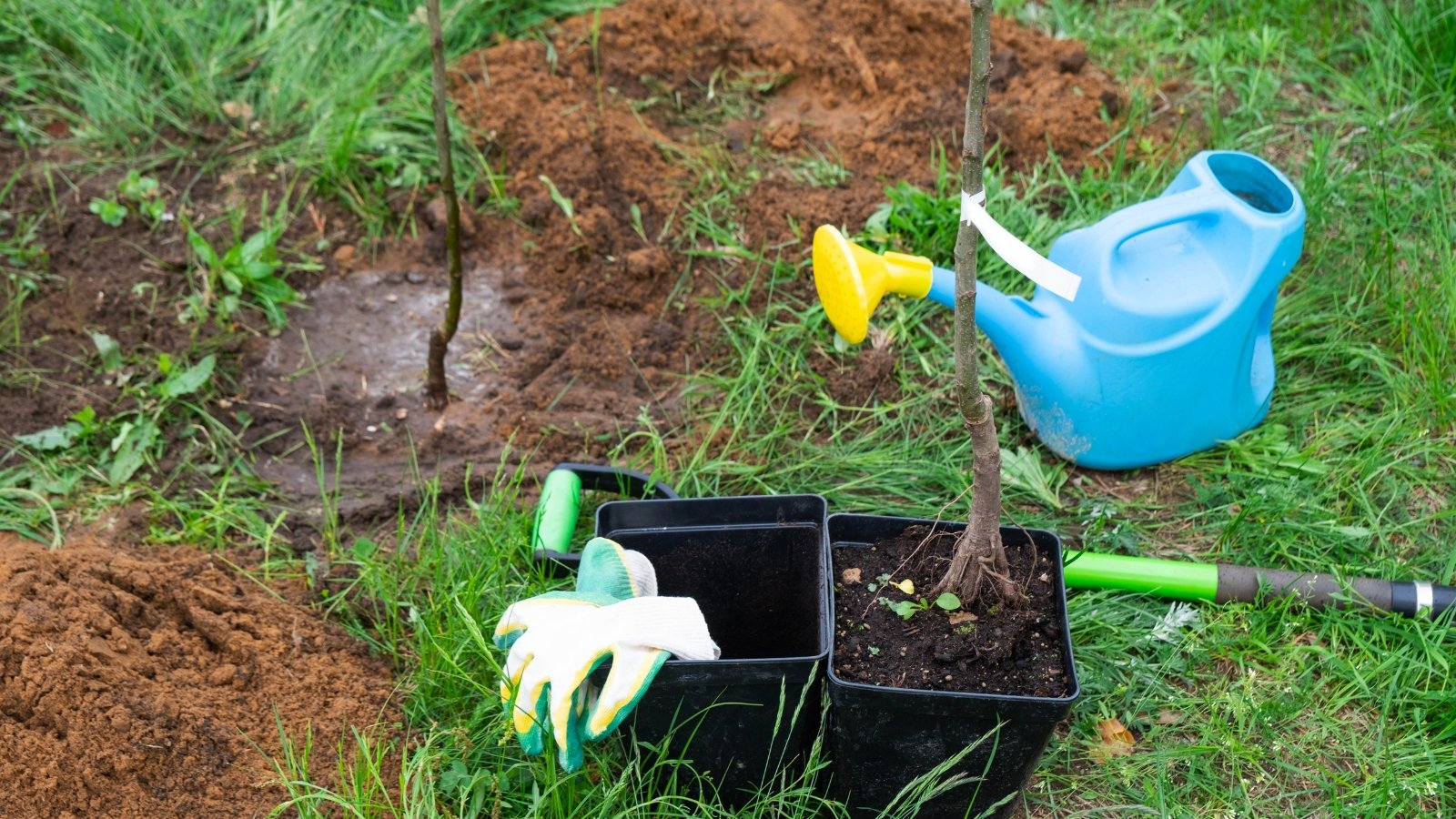

Some vegetation aren’t obtainable with bare roots! Evergreen conifers and broadleaf species in no way enter dormancy. Their properly being will quickly decline in case you shake the soil off their roots. Uncover them obtainable as B&B from late fall by spring, or container-grown year-round.
The most common types you can purchase with bare roots are fruit timber, deciduous ornamentals, and shade species. Woody shrubs like roses, forsythias, and witch hazels are moreover obtainable all through cool months. Most vegetation that enter winter dormancy and lose their leaves can have roots free of soil. Some, like ginkgos and hawthorns, need containers even whereas they’re dormant.
Are you proceed to perplexed? Proper right here’s an inventory of the frequent shrubs and timber that you just’ll uncover soil-free on-line and in native plant nurseries:
- Maple
- Oak
- Linden
- Ash
- Lilac
- Rose
- Forsythia
- Witch Hazel
- Flowering Cherry
- Apple
- Crabapple
- Cherry
- Pear
- Plum
These are completely different frequent deciduous species it is best to avoid searching for with bare roots and purchase supplied that they’re in a container:
- Ginkgo
- Hop-Hornbeam
- Hornbeam
- Hackberry
- Shingle Oak
The Least costly Risk
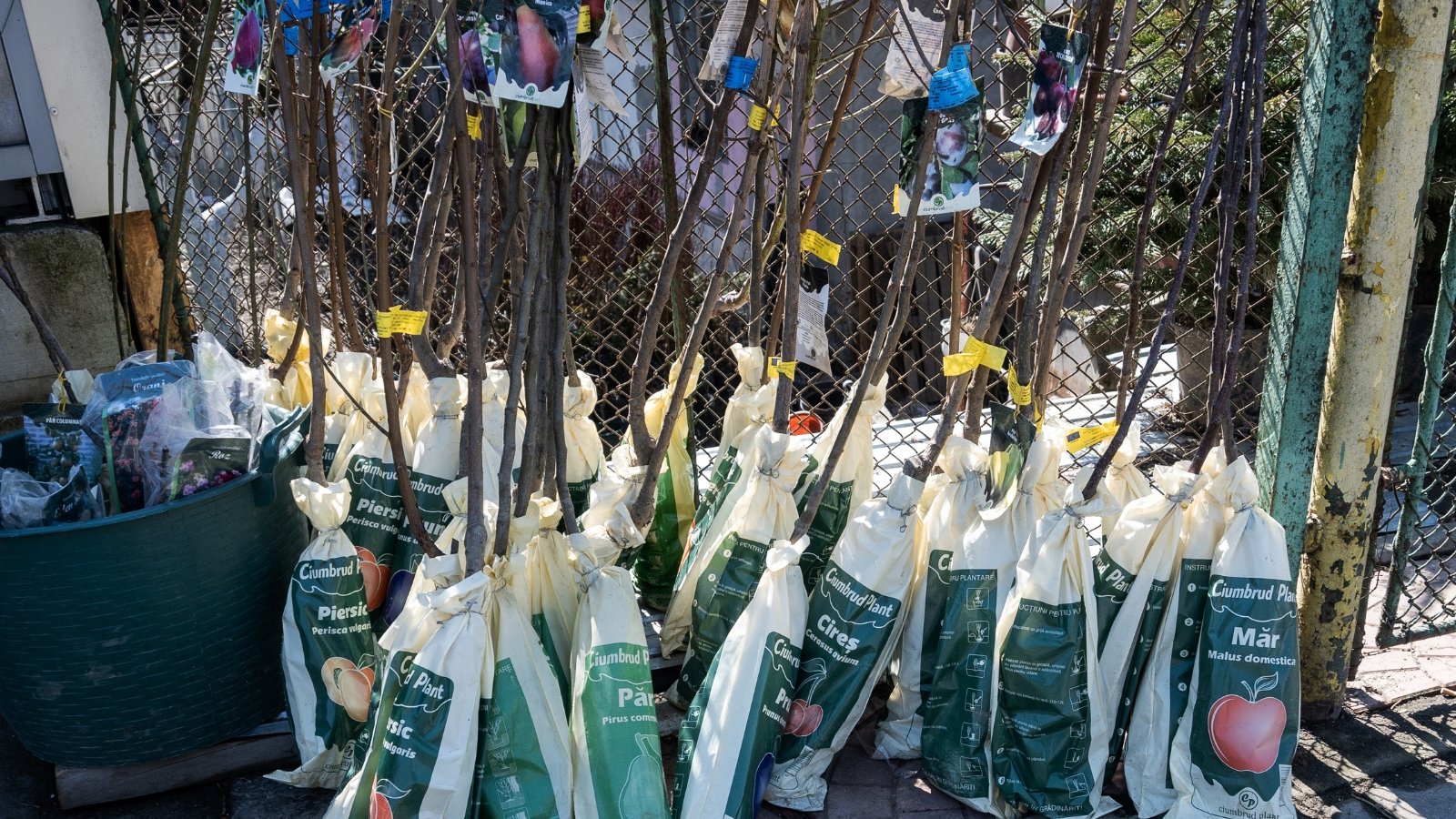

Woody specimens with out soil will always be cheaper than these in containers. On account of they lack soil, containers, and stakes, they’ve fewer inputs for tree growers. This means farms can present them for a lot much less money per tree than container specimens.
Within the occasion you’re rising your soil-free tree in a container, you’ll have to hunt out these inputs your self. Use a self-made soil mix with compost, bark, and pure provides with perlite or vermiculite for drainage. Big containers are best; they allow your tree to develop as many roots as a result of it should succeed.
The best answer to plant bare-root species is inside the ground. They’ll quickly latch onto the native soil and arrange themselves quickly. With this methodology, you gained’t have to hunt out potting soil, containers, and stakes.
Stay up for Weak Timber
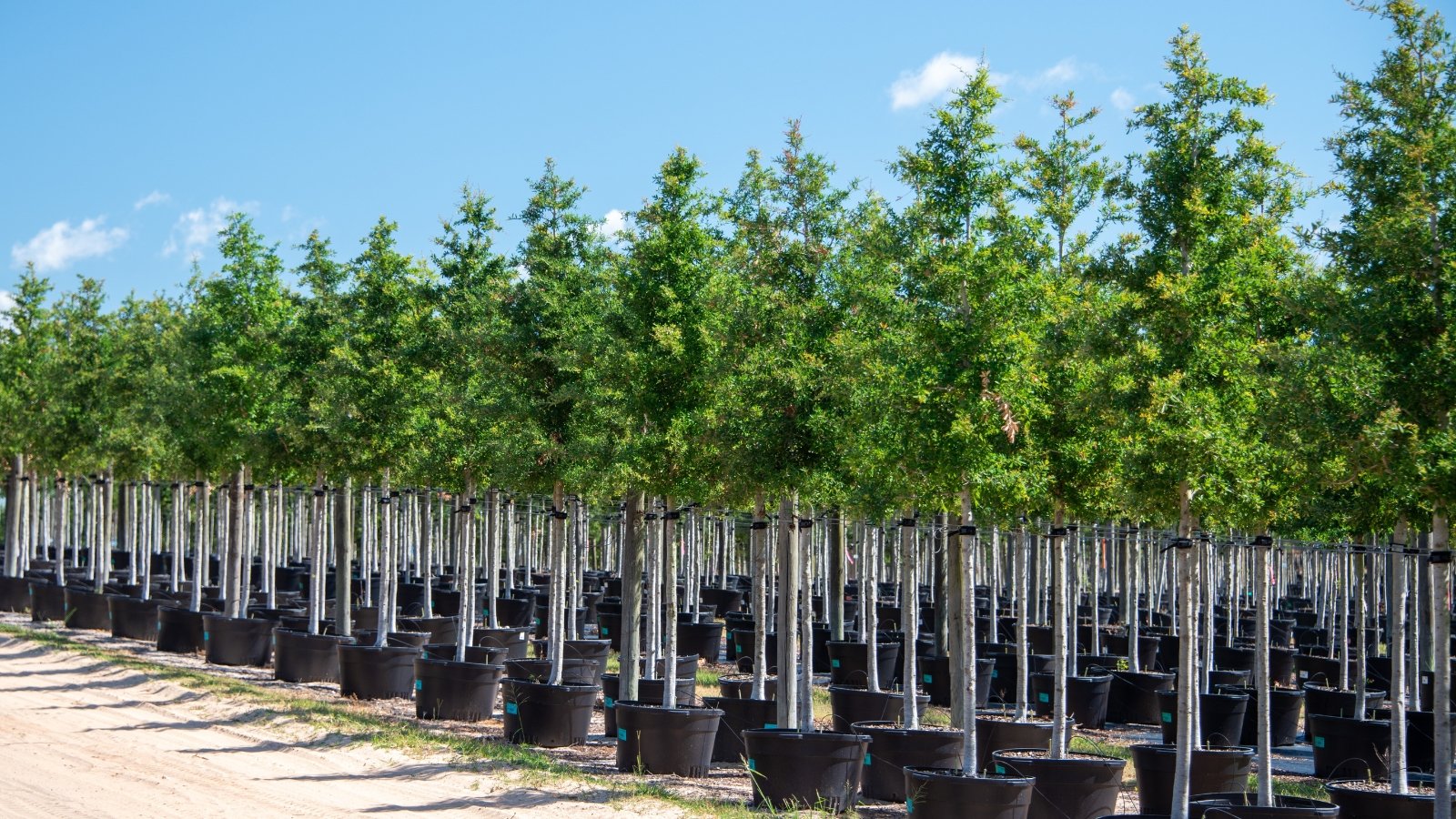

It’s easy to look at tree roots as soon as they’re free of soil! You presumably can determine them out of their sawdust bins to examine their roots, division building, and trunks. Container-grown vegetation are a bit completely completely different. It’s troublesome to see their root building, they often may have circling roots constricting their growth.
Concern not—there are easy strategies to tell if a container-grown species is healthful and ready for transplanting. First, check out the drainage holes of the container. See if roots are sprouting out of the holes, as which means it’s root-bound. Ask the nursery proprietor to remove the pot from the tree to see if roots are circling the underside of the pot.
After guaranteeing the tree has a healthful rootball, you’ll want to flip your consideration in path of the division building. Look to see if the trunk is undamaged and healthful with out wounds, then uncover the duvet. You’ll need a specimen with out crisscrossing branches. Single-stem buildings should have a main trunk with scaffolding branches, whereas a multi-stem one has many stems with offshoots.
To Stake or Not To Stake
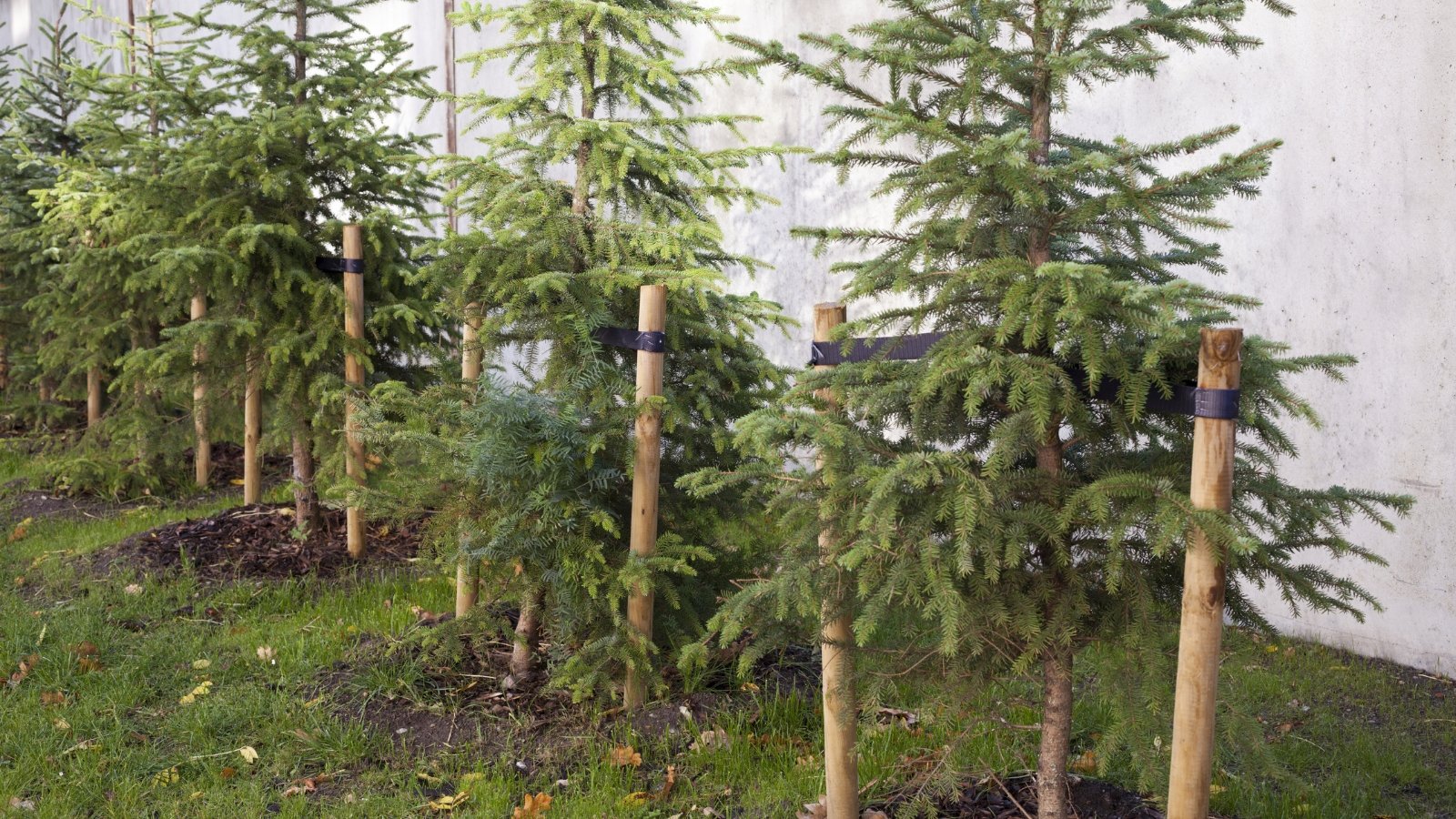

To stake or to not stake, that is the question! You most likely gained’t ought to stake soil-free saplings, as they’re purchased youthful they often arrange quickly with little help. They latch thick roots onto native soil clumps, creating a strong safety for winds, ice, and snow.
Container specimens, alternatively, could have further help to help them adapt to their new dwelling. If their cowl is so big that it bends over, it is best to stake the saplings until they’re sturdy enough to hold their weight. You’ll moreover want to add stakes if the saplings don’t correct themselves after windy storms or within the occasion that they lean excessively.
Add stakes using this easy course of. Dig two opposing stakes into the planting hole outside the tree’s root zone. The home between them should face the trail of the strongest winds. Place the transplant inside the hole, then backfill it with soil. Protected the stakes to the tree with wire-free helps that use materials, yarn, or rubber.
How one can Uncover Big Specimens
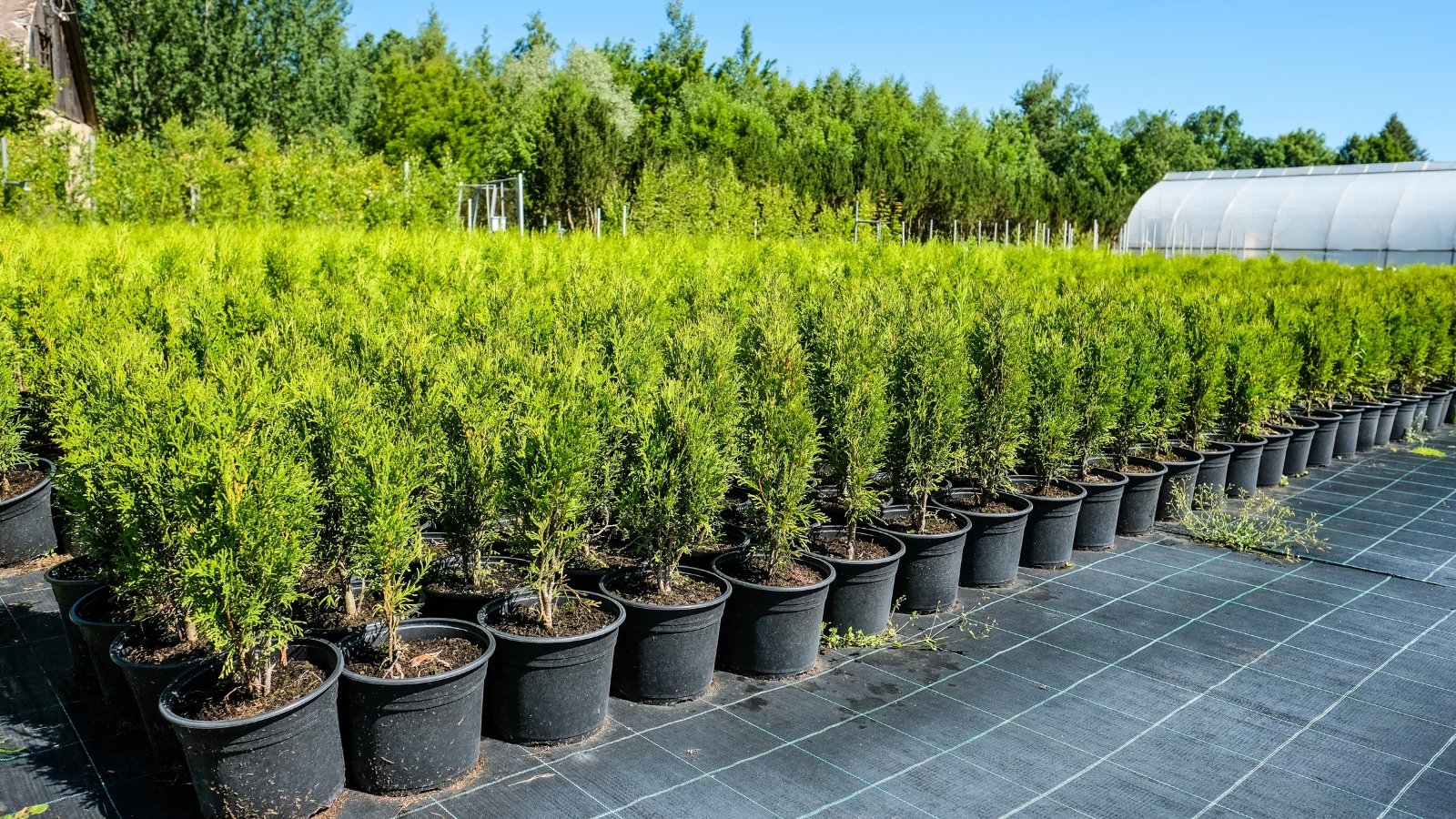

A couple of of us gardeners want huge timber quickly! Maybe you need a dwelling windbreak or a hedge to embody your yard with privateness. Big species are troublesome nonetheless not inconceivable to hunt out. Your best guess is hiring a landscaper who can peruse wholesale nurseries with immense specimens.
Within the occasion you’re on a funds, you might also uncover big specimens at specialty nurseries. On account of they take care of such big species, they’ll have the gear and provide vehicles to hold a tree safely into your yard.
You’ll need container specimens for varieties larger than eight to 10 ft tall. Timber usually need containers 15 gallons or larger as soon as they’re this huge, and other people pots are extraordinarily troublesome for one explicit particular person to hold. Uncover a buddy that may help you transplant it, and use safe digging and transferring practices to avoid hurting your once more or knees.
Incessantly Requested Questions
It’s best to place bare-root vegetation inside the ground as shortly as potential after you purchase them. They’ll survive frosts supplied that their roots are underground and moist. Within the occasion you may’t transplant immediately, preserve the roots in moist sawdust for as a lot as each week.
They’ve a slim planting window, are solely obtainable in cool seasons, and are troublesome to hunt out in some states. Open air of these factors, they’re further supreme for planting than container species.
Certain, they’ll! Within the occasion you lack the surface home for an enormous tree, try a dwarf species and plant it in a container. Chances are high you may retailer bare-root timber in containers for a yr in case you miss the right planting residence home windows in mid-fall and early spring.
[ad_2]
Provide hyperlink
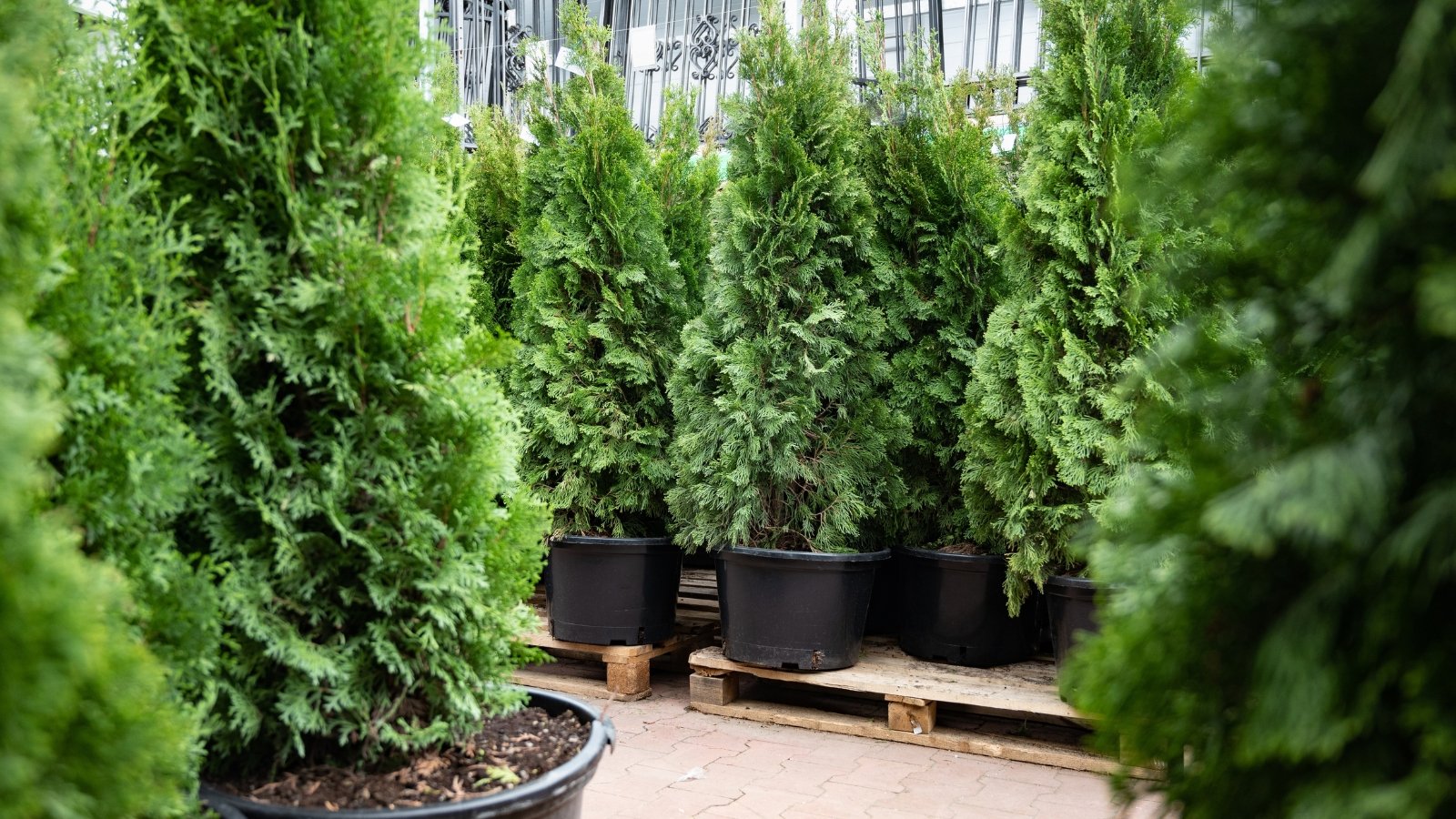


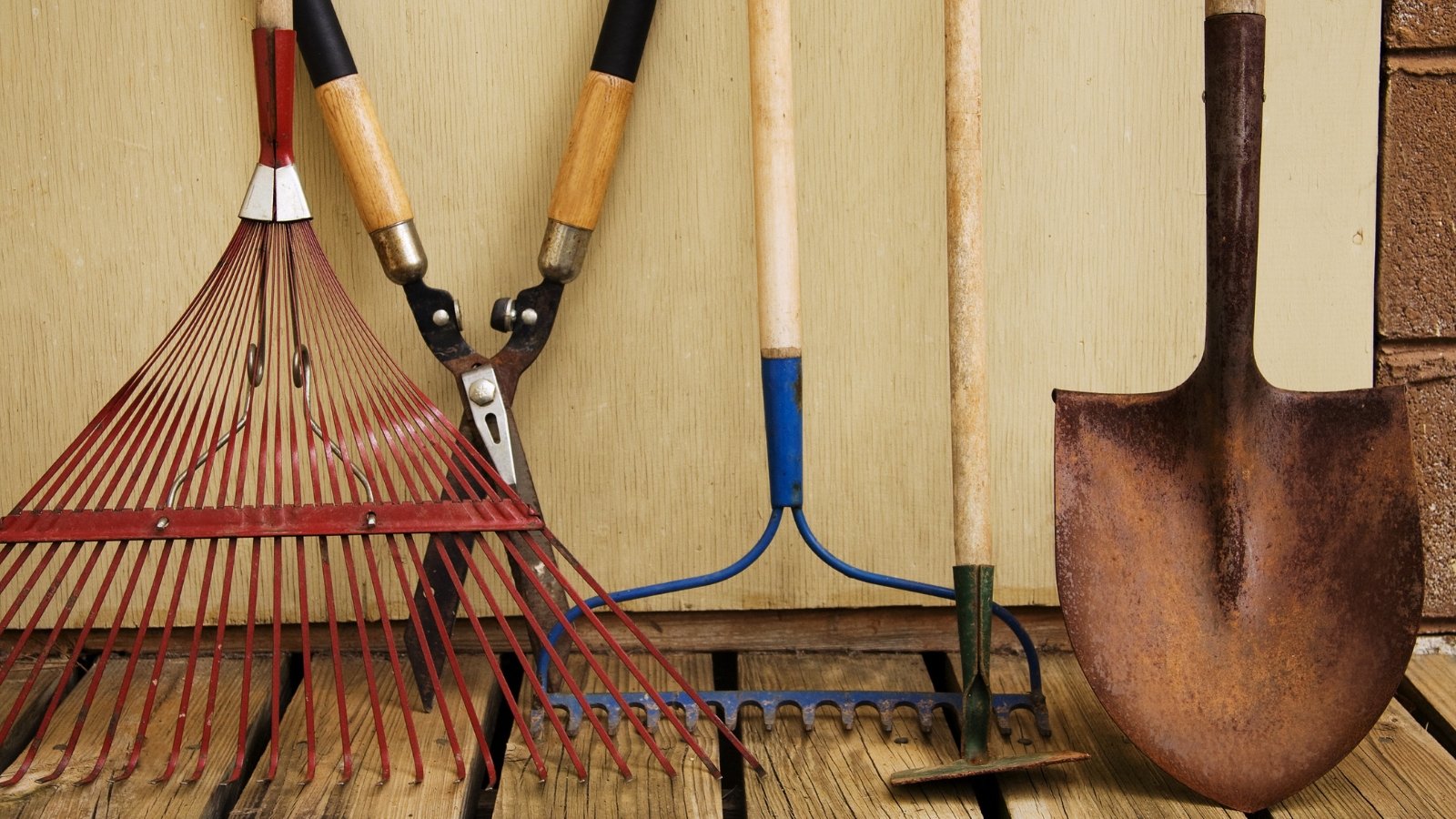

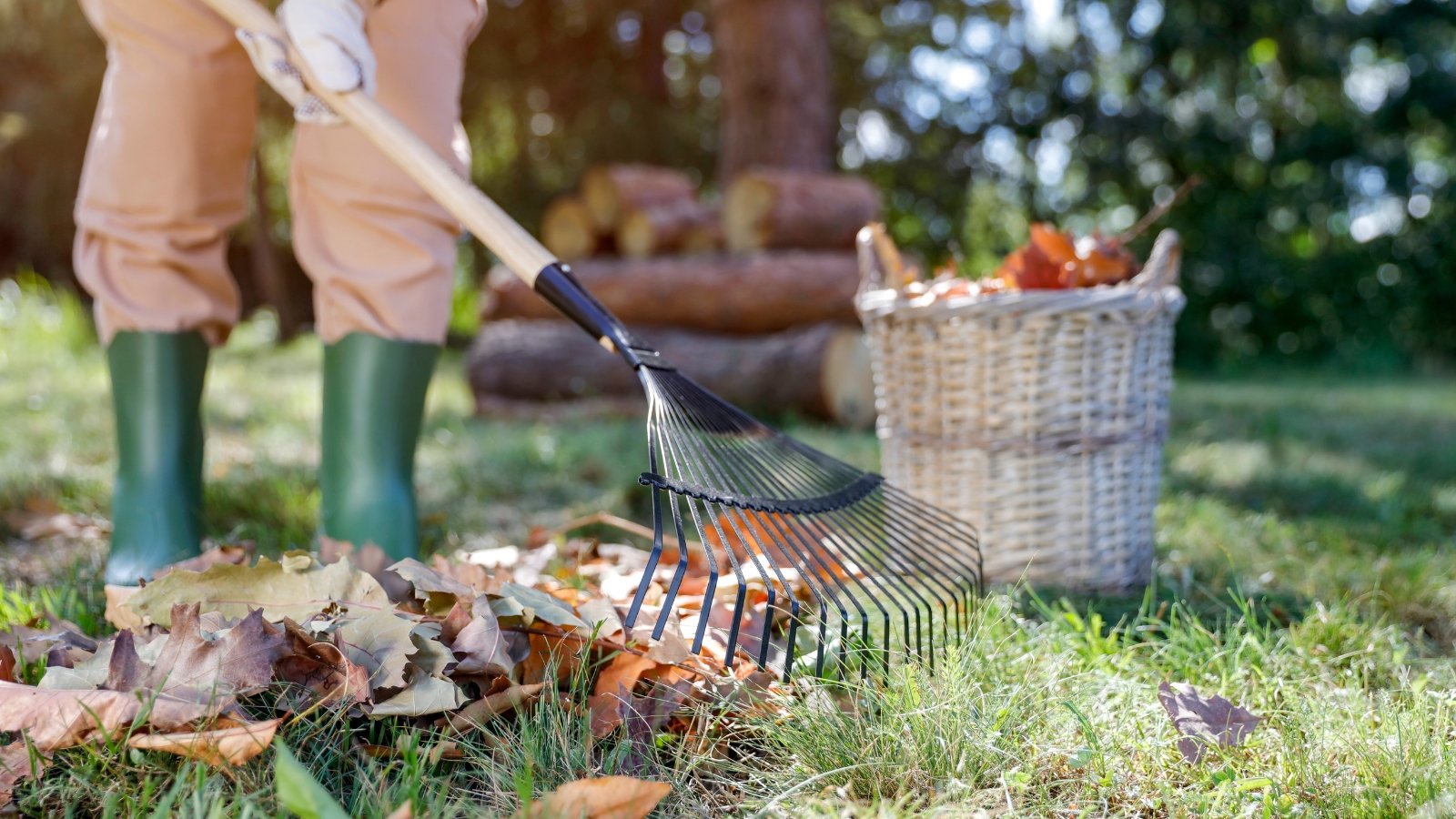
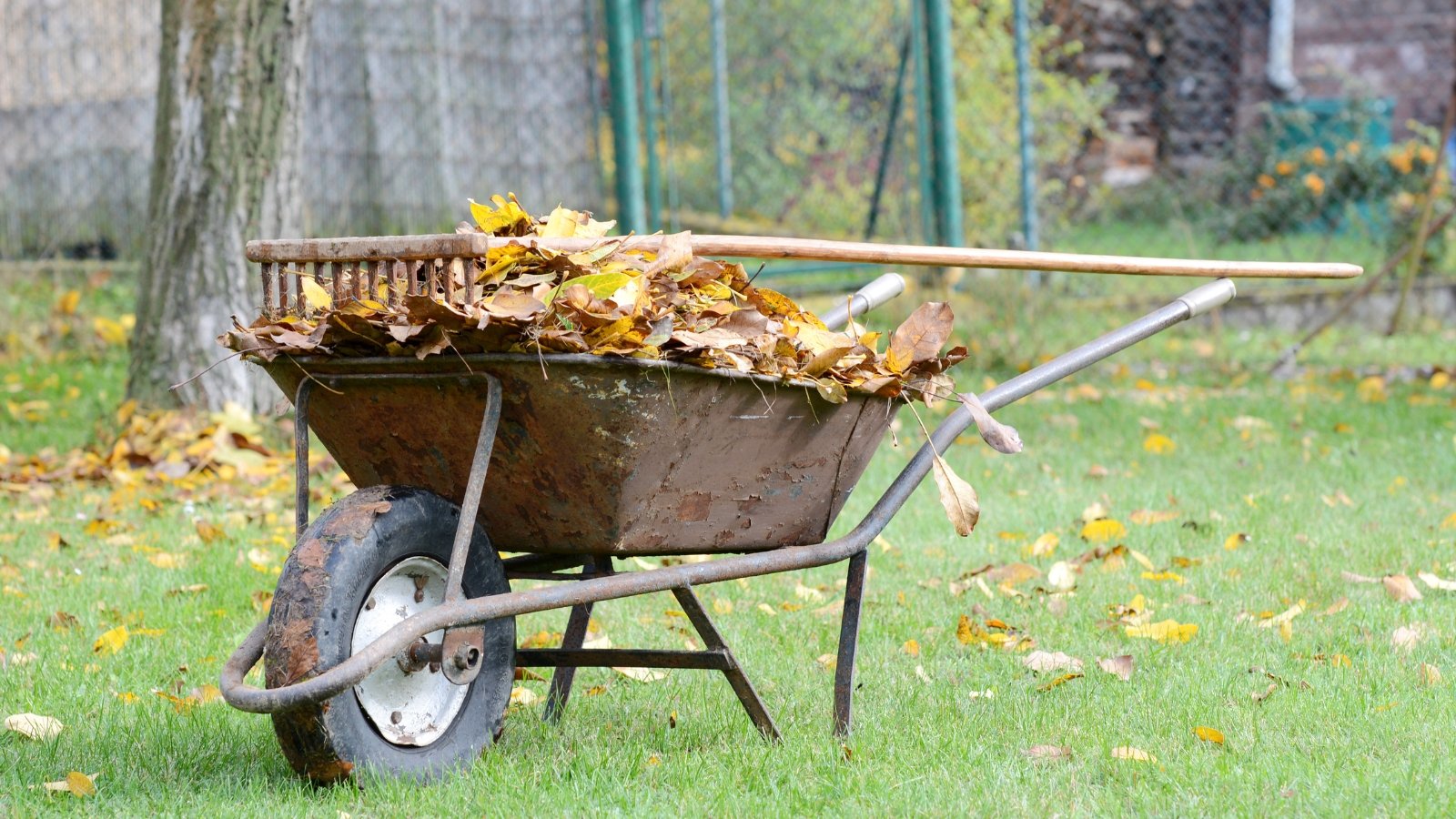

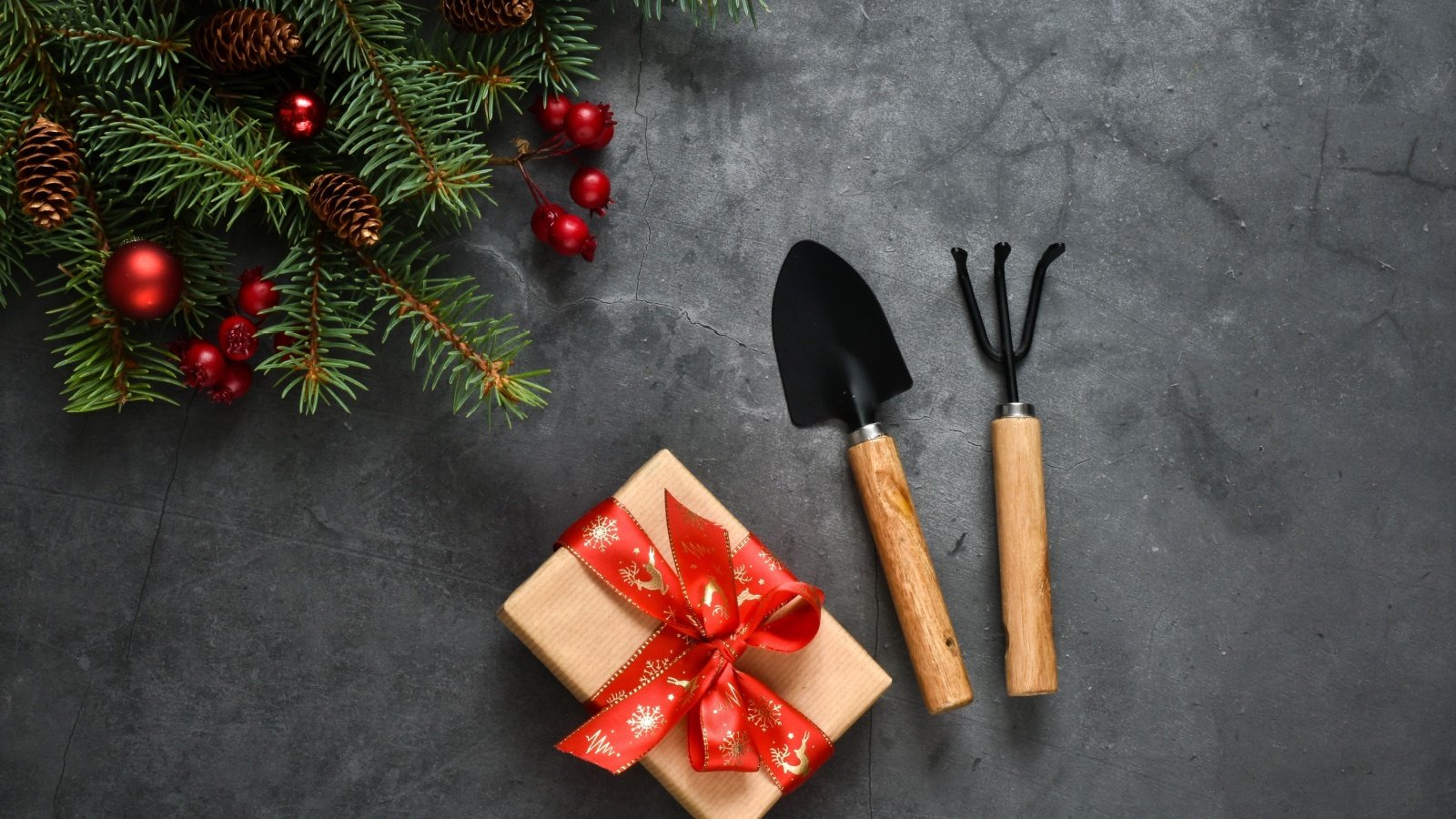
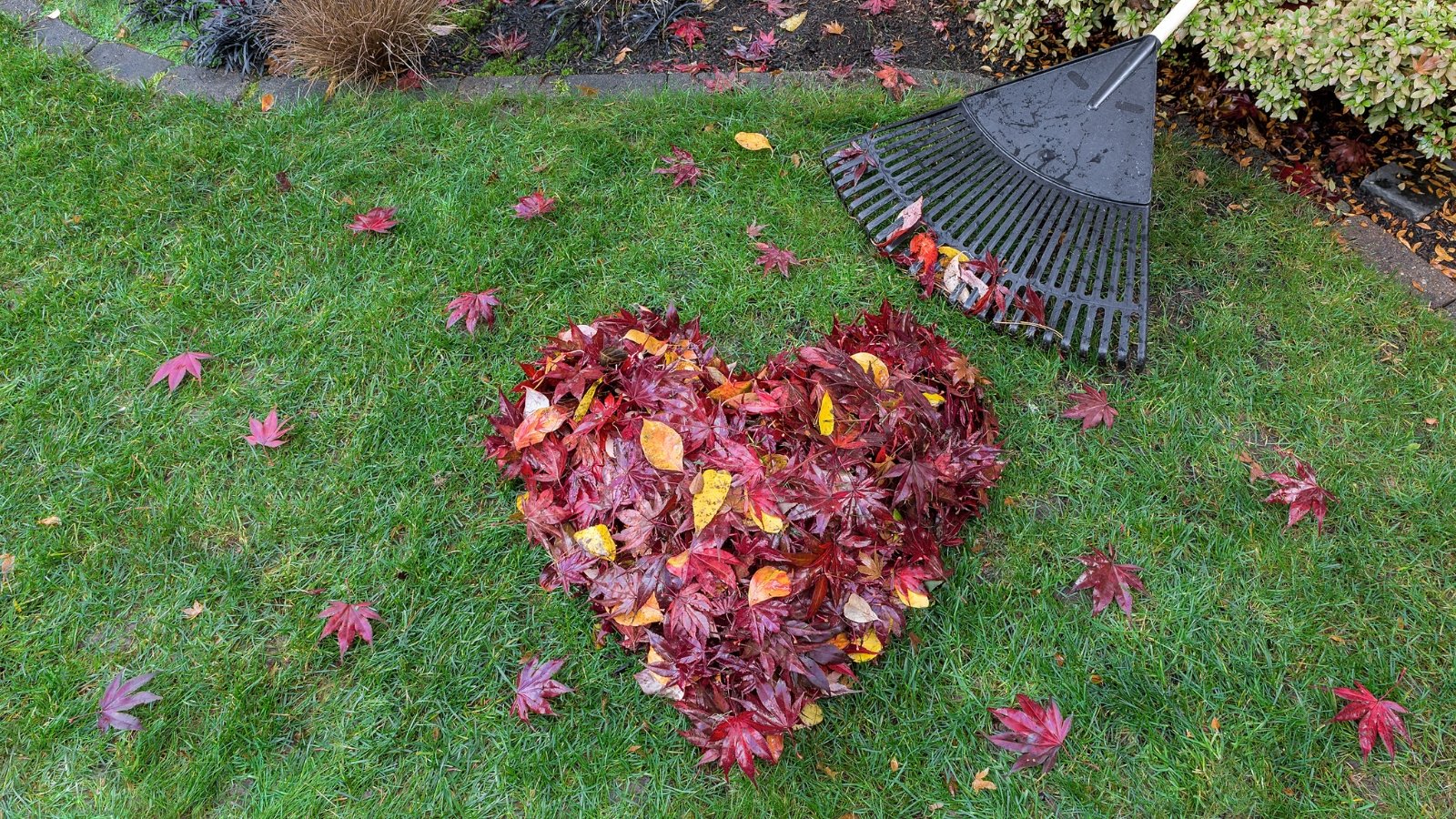
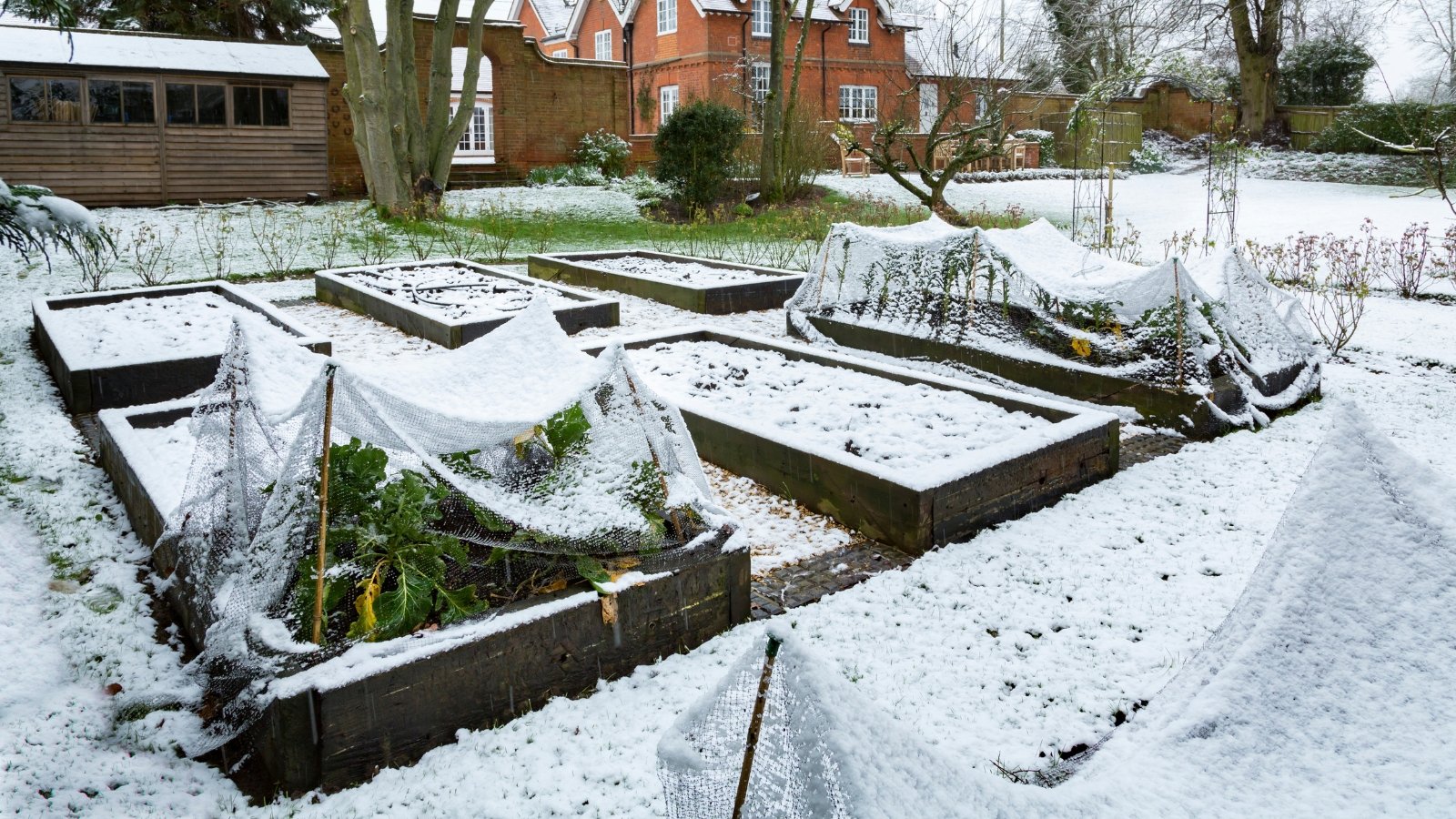
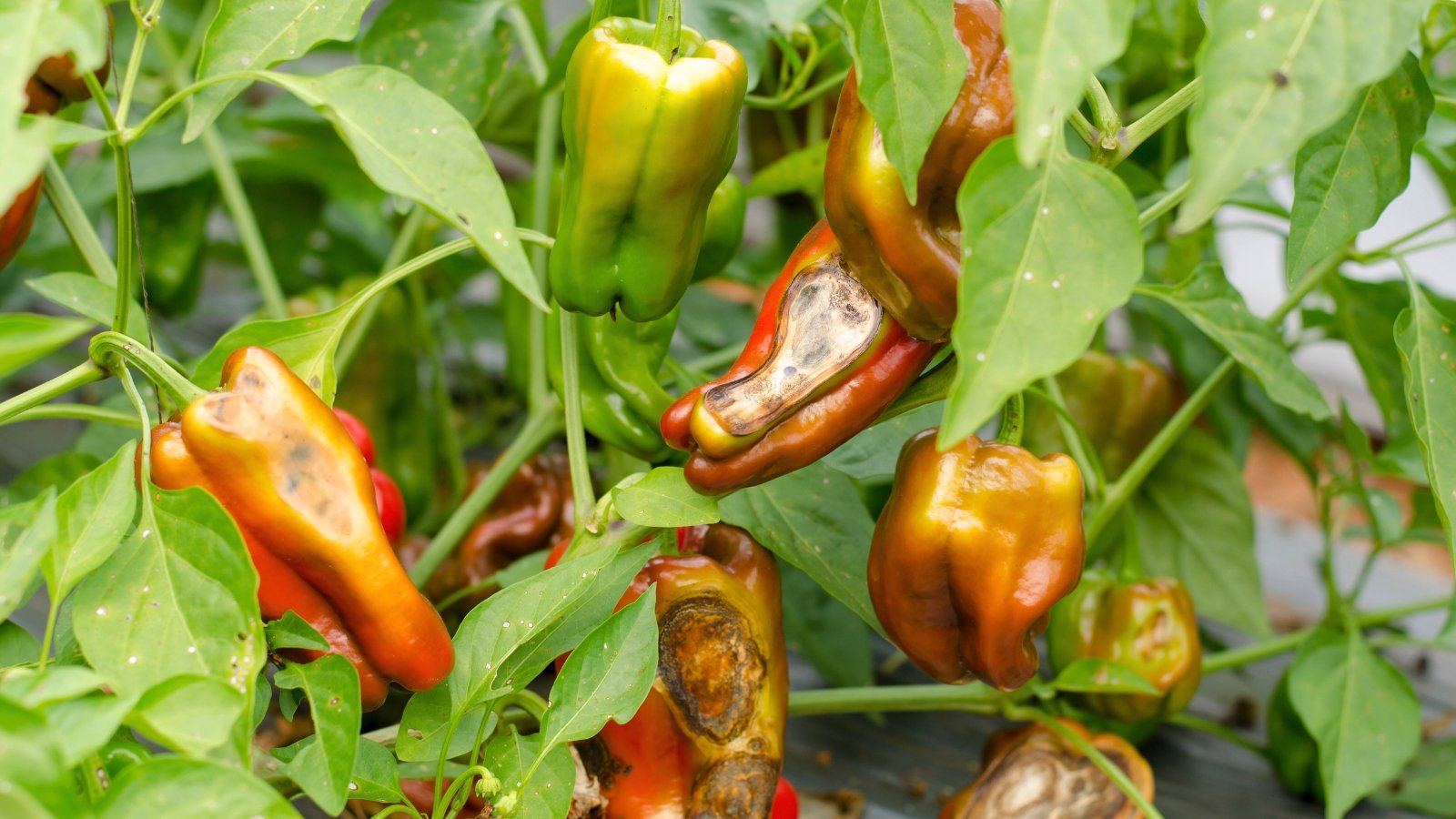


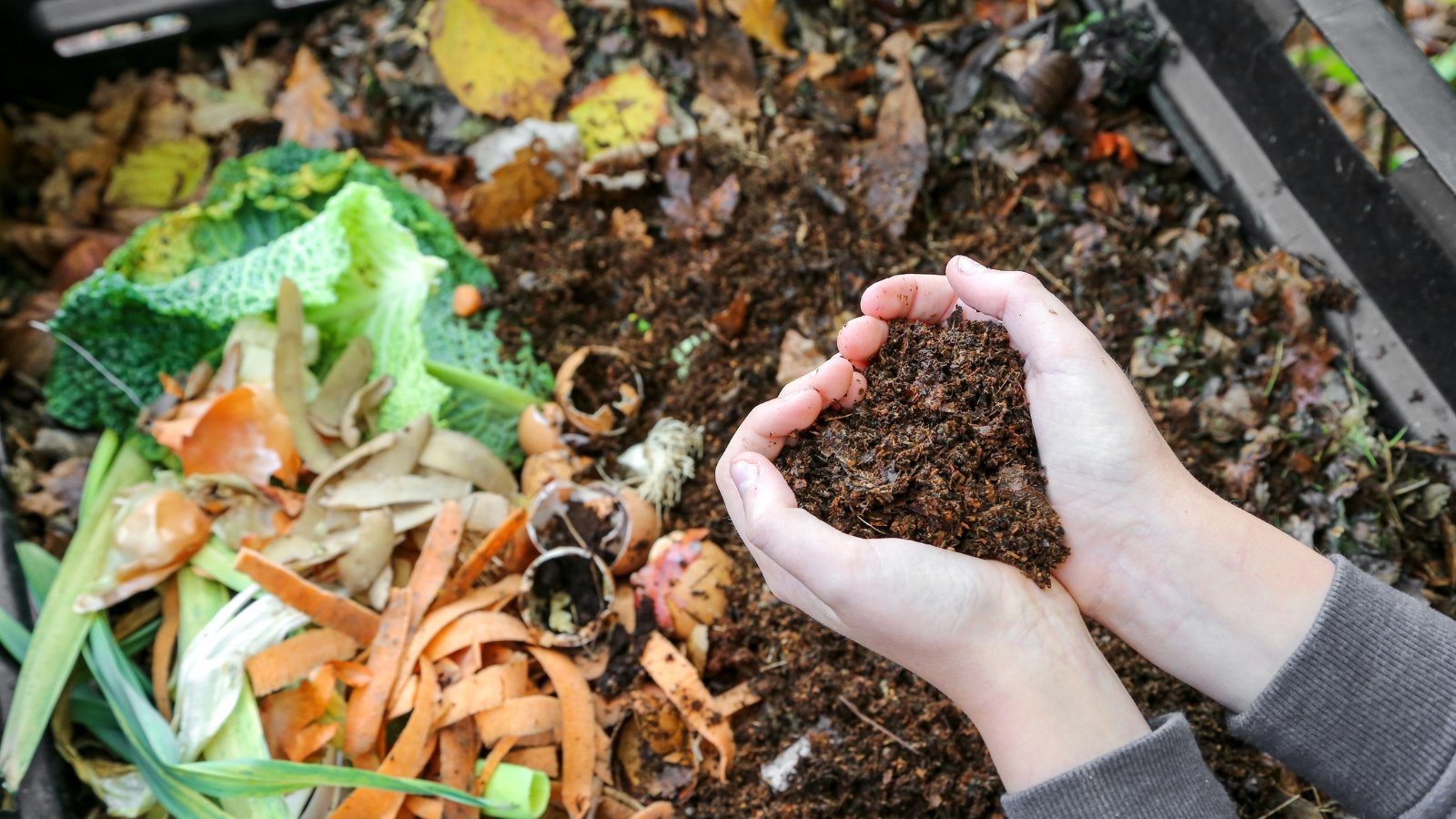
Leave a Reply